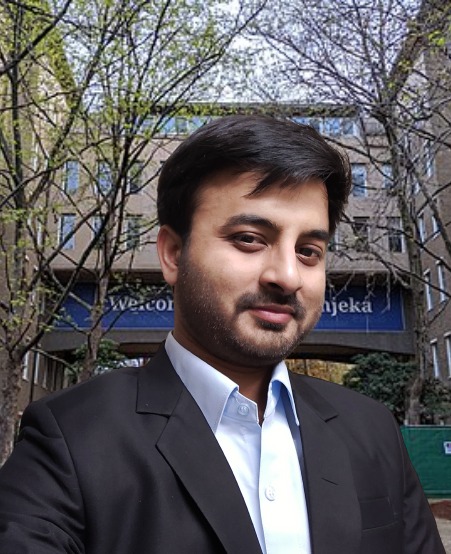3 Minute read
By developing stronger and cheaper superalloys, we can make air travel safer, more efficient, and more sustainable.
The goals of this project are to:
- Investigate the properties of a novel cobalt-based superalloy and study how it compares to nickel-based superalloys.
- Develop a multiscale simulations methodology to predict the stability of superalloys for aerospace applications.
- Examine the thermodynamic and kinetic properties of interfaces combining atomic simulations and field models.
- Implement these interfaces in field models to eventually investigate aging and emerging interface instabilities in these superalloys.
The details
Jet engines can reach temperatures as high as 1700 degrees Celsius, which means that the materials used in their construction must be able to function under extreme heat. The commercial jet engines of today are made using nickel-based superalloys, which can easily handle temperatures over 1000 degrees Celsius. But what if we could create a superalloy that can withstand even greater temperatures? A jet engine crafted from this alloy would not only last longer, but it would also be more efficient too. A hotter combustion chamber will allow the jet engine to consume less fuel.
This project will investigate new (novel) superalloys that can operate under higher temperatures, thereby increasing the efficiency of gas turbines and improving the sustainability of air travel. In particular, the project will examine the properties of cobalt-based superalloys and study how they compare to the more conventional nickel-based superalloys. This project will also study how the internal structure of the superalloys change over time, and what factors contribute to their aging.
Graduate researcher profile: Sourav Ghosh

What did you do before you started your PhD?
Before commencing my joint PhD, I completed a Bachelor’s Degree in Metallurgical and Materials Engineering from the National Institute of Technology, Durgapur, India and worked as a Junior Research Fellow at the Indian Institute of Technology, Madras.
What are the challenges of your research role?
There are several challenges in my research role, such as:
- The CALPHAD (Thermodynamic database) data for the cobalt-based superalloy was not implemented in the database.
- There is a lack of an accurate inter-atomic potential for ternary cobalt-based superalloys.
- There were several complexities while doing the first principle calculation of ternary alloys due to the structural complexity of multi-component alloys.
What is the best part of your research role?
Quantitative multiscale modelling is the best part of my research role. Combining different modelling techniques to generate a new methodology and study the physics behind it is extremely interesting.
Where do you wish to go after your PhD? Do you want to enter industry or continue doing more research?
After my PhD, I wish to continue my research and develop some novel materials for aerospace applications. I am also interested in teaching.
Supervision team
- The University of Melbourne: Doctor Christian Brandl, Professor Kenong Xia
- IIT Kanpur: Associate Professor Rajdip Mukherjee
First published on 16 November 2022.
Share this article
Related items
-
Developing food products from acid bacteria and γ-amino butyric acid
How can we turn acid bacteria and γ-amino butyric acid into an edible pill?
-
Transport phenomenon of surface modified bimetallic nanoparticles through porous media
How are nanoparticles transported through porous surface?
-
Optimising urban water systems for sustainability and resilience
How can we improve our water systems so that they may withstand even the toughest weather conditions?
-
Investigation of near-wall combustion phenomena
What are the thermal, flow and species profiles of near-wall combustion phenomena?